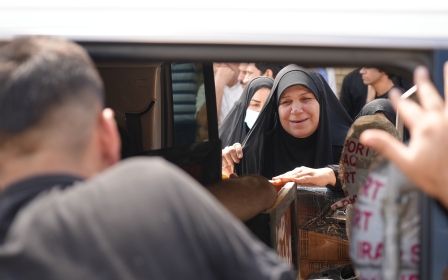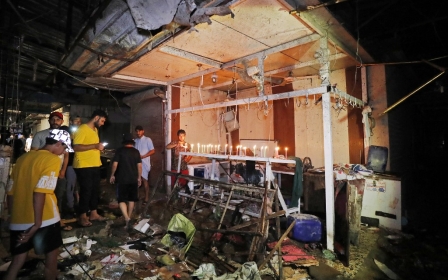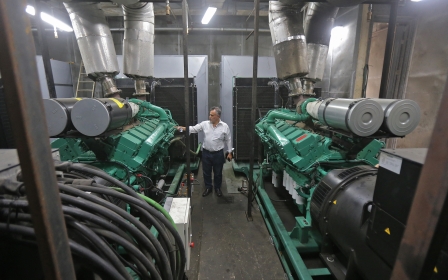US troop withdrawal from Iraq will take place largely on paper: Report

The United States is likely to accept a request that all combat troops withdraw from Iraq by the end of the year, as Iraqi Prime Minister Mustafa al-Kadhimi visits the White House on Monday, US officials told The New York Times.
Still, while US officials said that Washington is likely to oblige by this request, the withdrawal of troops will take place largely on paper.
Pentagon and other Biden administration officials told the newspaper that Washington will remove a small but unspecified number of the 2,500 American forces currently stationed in the country, and the rest would be reclassified on paper to other roles.
"There will be no US military forces in a combat role by the end of the year," a senior US official familiar with ongoing discussions told the New York Times.
"We anticipate some force adjustments in line with that commitment."
A meeting between Kadhimi and US President Joe Biden will take place on Monday for a fourth round of strategic talks.
Biden told reporters on Monday that the US role in Iraq will be to "continue to train, to assist, to help and to deal with ISIS as it arises", using another name for the Islamic State (IS) group.
"We're not going to be, by the end of the year, in a combat mission," he said.
A number of American outlets, including Politico and The Wall Street Journal, reported last week that Washington had plans to announce the official end of the combat mission in Iraq, but not the withdrawal of the US.
Middle East Eye reported in April that the US and Iraq had agreed to the withdrawal of all foreign combat forces operating under the umbrella of the US-led military coalition.
They also agreed to a change in the description of the coalition's role, limiting it to advice, training and support.
The timeline was to be decided on at a later point, an Iraqi negotiator told MEE at the time.
American combat troops left the country in 2011 in an agreement between the Iraqi government and the Obama administration, only to return in smaller numbers as part of the coalition against the IS group.
With the help of the US-led coalition and, separately, the Iran-backed Popular Mobilisation Units (PMUs), Iraq recovered large areas of land from IS, which had captured Mosul and more than a third of the country's territory in 2014.
'No need for foreign combat forces'
Kadhimi said in an interview with the Associated Press on Sunday that Iraq was no longer in need of US troops but that a formal timetable on the withdrawal of combat forces will be up for discussion during the meeting.
"There is no need for any foreign combat forces on Iraqi soil," Mustafa al-Kadhimi told AP.
"What we want from the US presence in Iraq is to support our forces in training and developing their efficiency and capabilities, and in security cooperation.
"The war against IS and the readiness of our forces requires a special timetable, and this depends on the negotiations that we will conduct in Washington."
Tensions rose between Iraq and the US following the Trump administration's decision in January 2020 to target and kill senior Iranian general Qassem Soleimani and Iraqi militia leader Abu Mahdi al-Muhandis near Baghdad airport.
As a result, Iraq's parliament passed a non-binding resolution calling for all US troops to withdraw from Iraqi territory, which Washington did not abide by. There are currently around 2,500 US troops in Iraq, according to the Biden administration.
Iraq's Foreign Minister Fuad Hussein said that while Iraq does not need combat soldiers, it does need assistance from the US in the fields of intelligence, advising, and training.
"We need cooperation in the field of intelligence. We need help with training. We need troops to help us in the air," he said during a visit to Washington last Friday.
Middle East Eye propose une couverture et une analyse indépendantes et incomparables du Moyen-Orient, de l’Afrique du Nord et d’autres régions du monde. Pour en savoir plus sur la reprise de ce contenu et les frais qui s’appliquent, veuillez remplir ce formulaire [en anglais]. Pour en savoir plus sur MEE, cliquez ici [en anglais].





